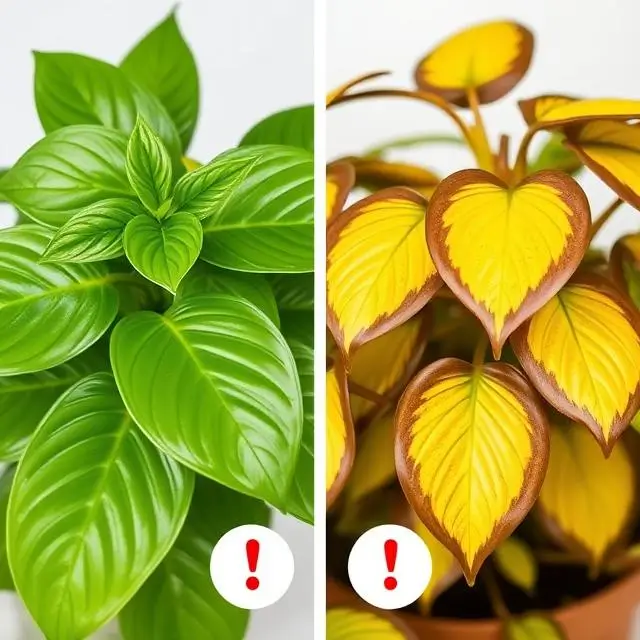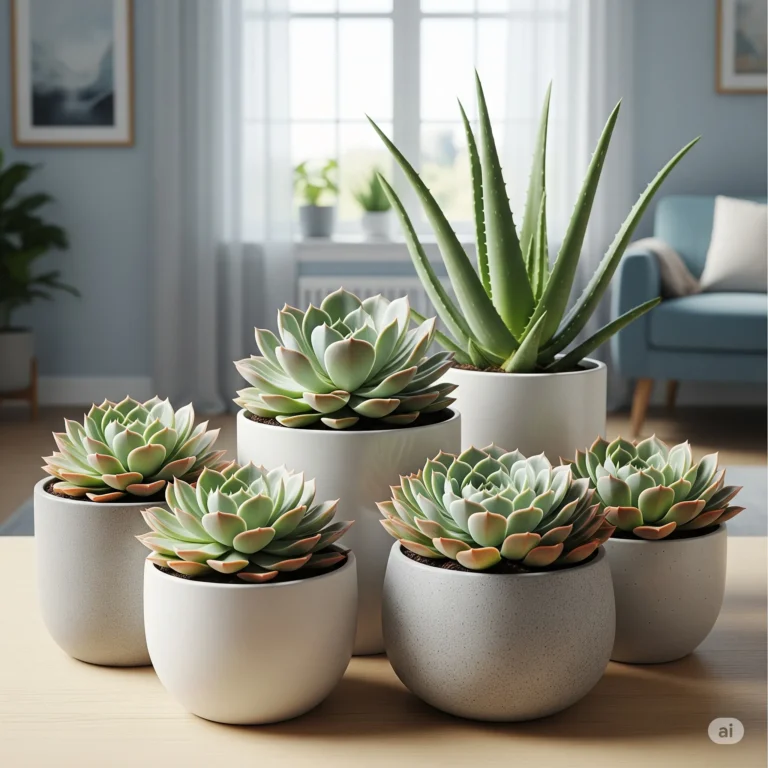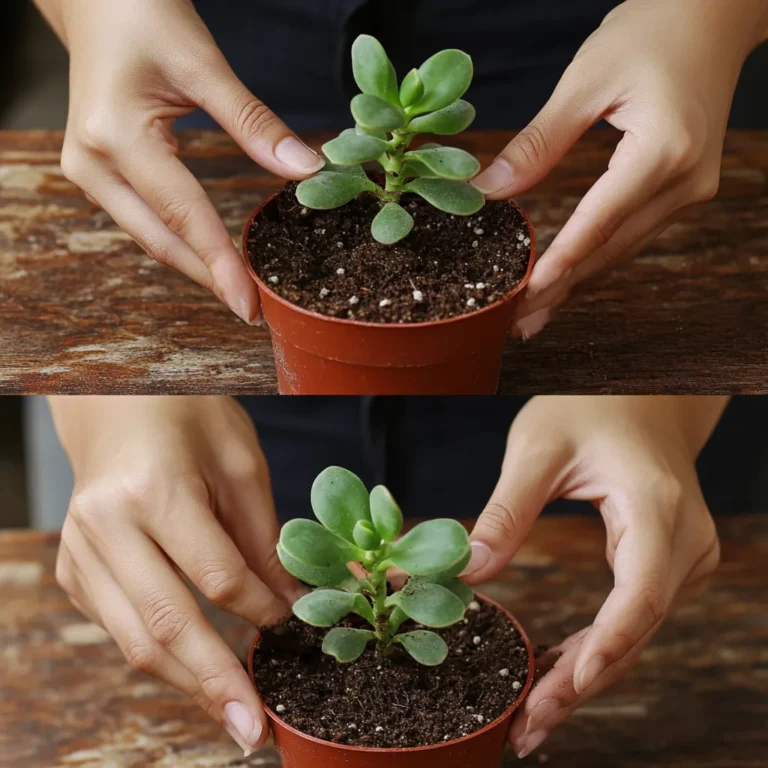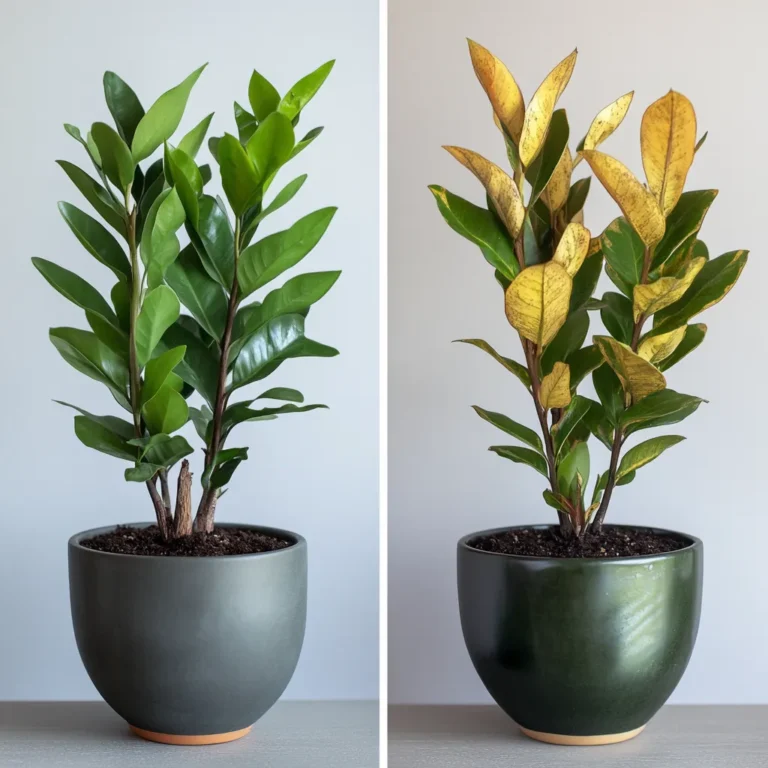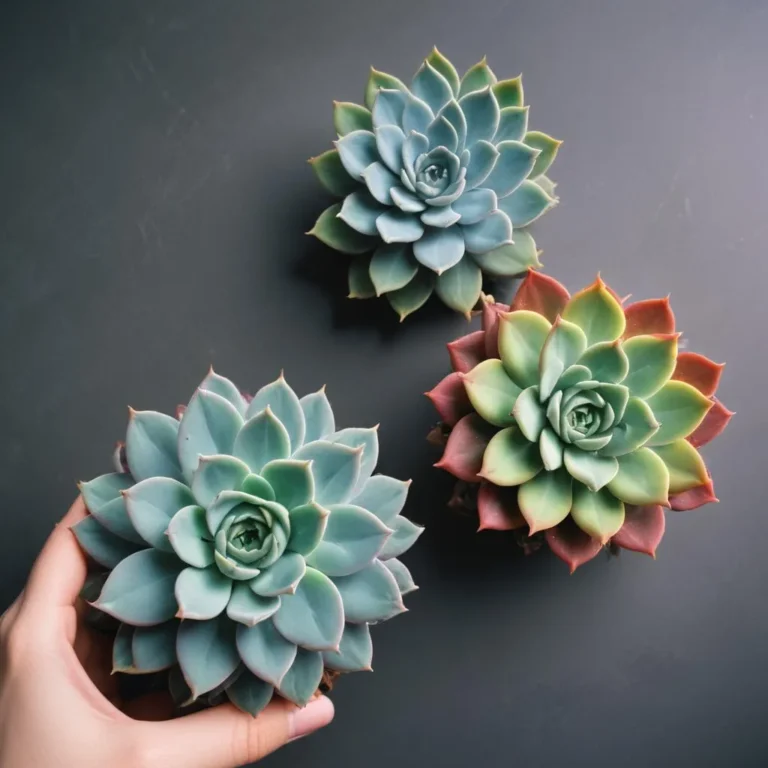Mint Plant Care: Grow a Fresh Supply
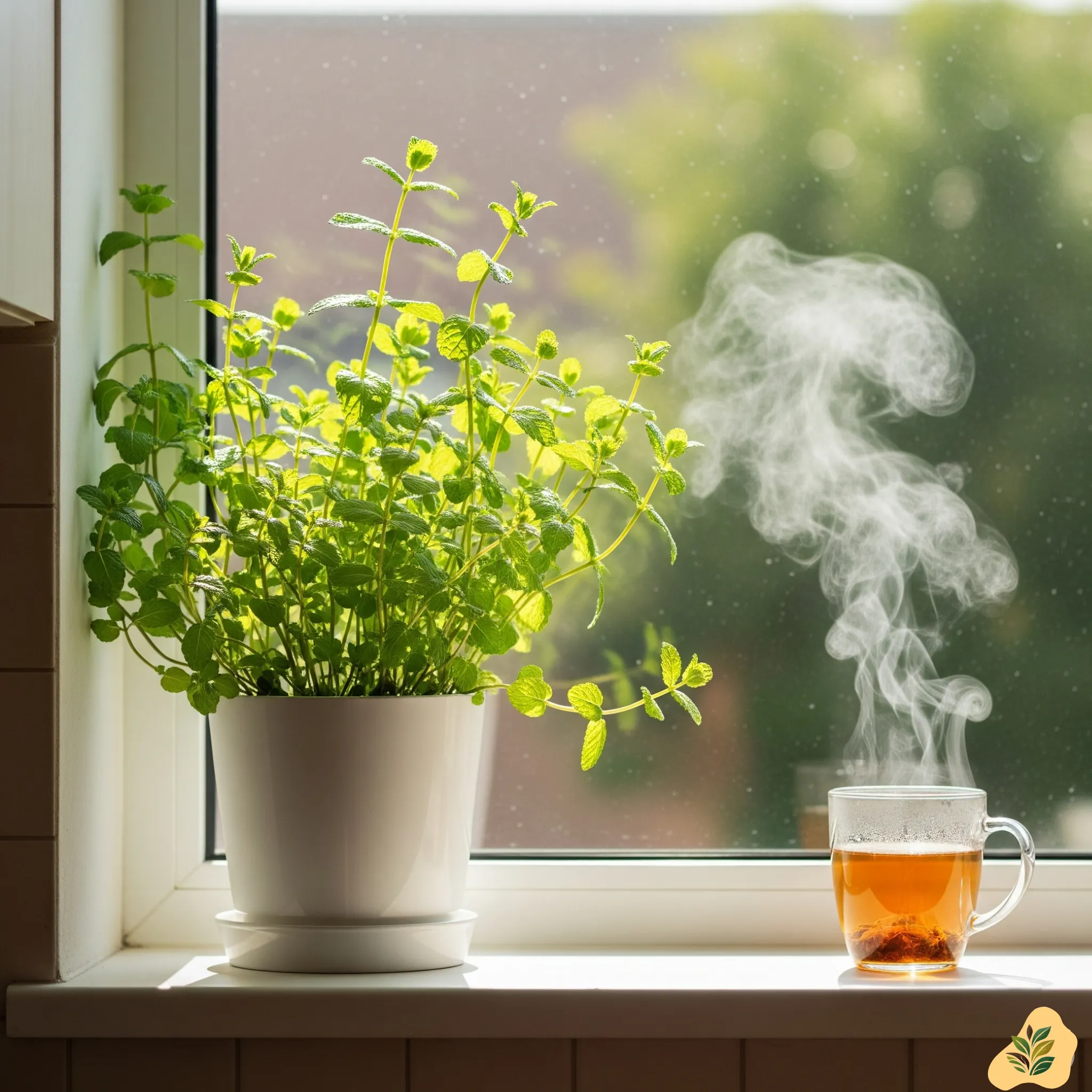
Mint plant care is surprisingly simple, making it perfect for beginners who want fresh herbs without outdoor space. This aromatic herb thrives indoors with minimal effort, transforming any sunny windowsill into your personal herb garden. Growing mint indoors means year-round access to fresh mint leaves for teas, mojitos, desserts, and countless culinary adventures.
Unlike many herbs, mint forgives mistakes and grows vigorously in containers. You don’t need gardening experience—just a pot, some soil, and basic indoor herb care tips. Within weeks, you’ll be harvesting fragrant leaves that beat store-bought herbs every time.
Quick Mint Care Guide
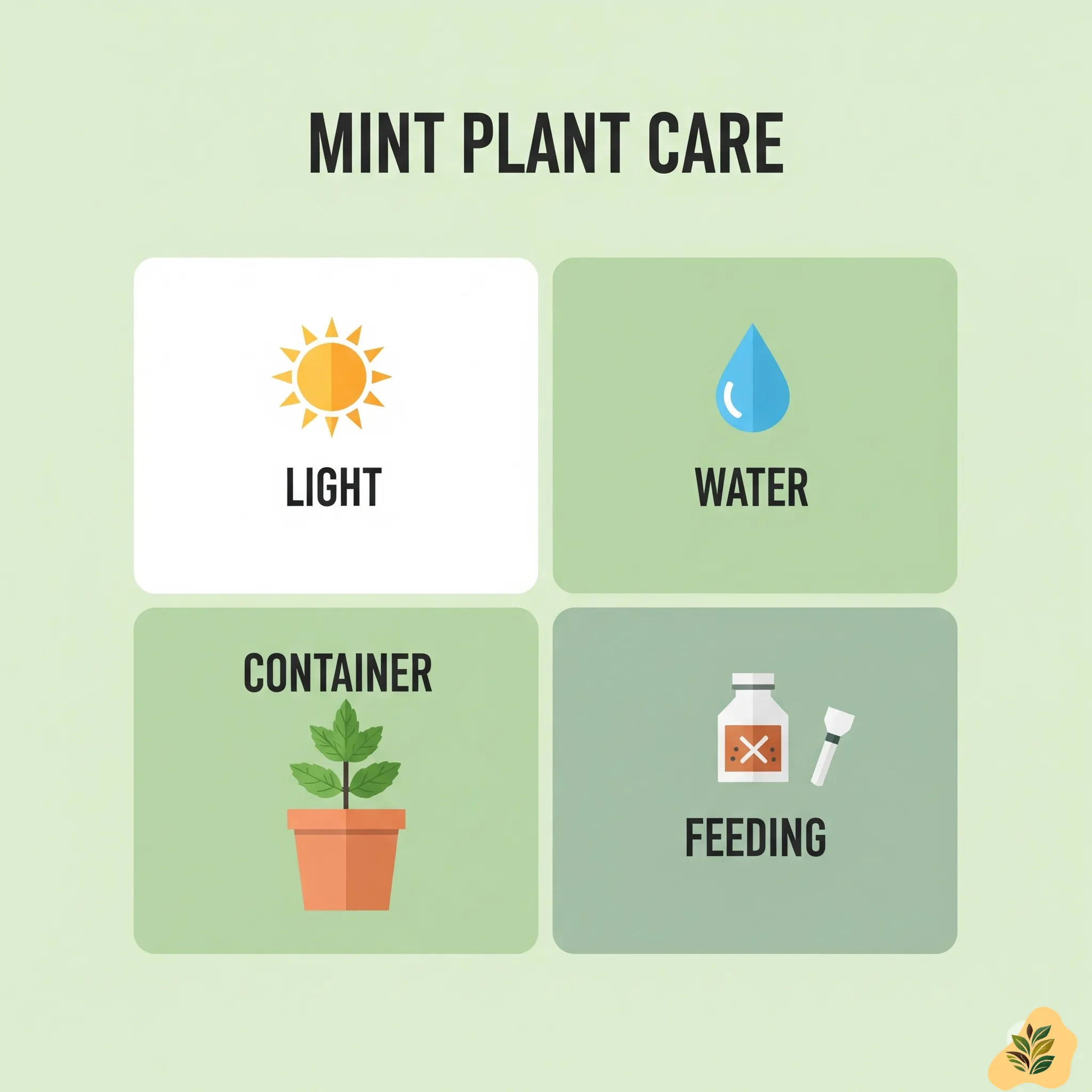
| Care Factor | Requirement |
|---|---|
| Sunlight | 4–6 hrs indirect light/day |
| Watering | Keep soil moist but not soggy |
| Pot Size | 6–8 inches deep with drainage |
| Fertilizer | Monthly (diluted liquid fertilizer) |
| Temperature | 18–24°C (65–75°F) |
Choosing the Right Container for Mint Plant Care
Container herb gardening with mint requires special consideration—this herb spreads aggressively. Use a wide, separate pot (never plant with other herbs) to contain its growth. Terracotta pots work excellently for breathability, while plastic containers retain moisture longer.
Drainage holes are non-negotiable. Mint roots rot quickly in waterlogged soil. Consider hanging containers or placing pots on balcony edges for decorative appeal and easy harvesting access.
Light & Location Requirements
How to care for mint starts with proper lighting. Bright indirect light works best—direct summer sun can scorch delicate leaves. South-facing windows provide ideal conditions, though east or west windows work too.
During winter months, supplement with grow lights positioned 12-18 inches above plants. Rotate your mint weekly to encourage even, bushy growth on all sides.
Watering & Feeding Schedule
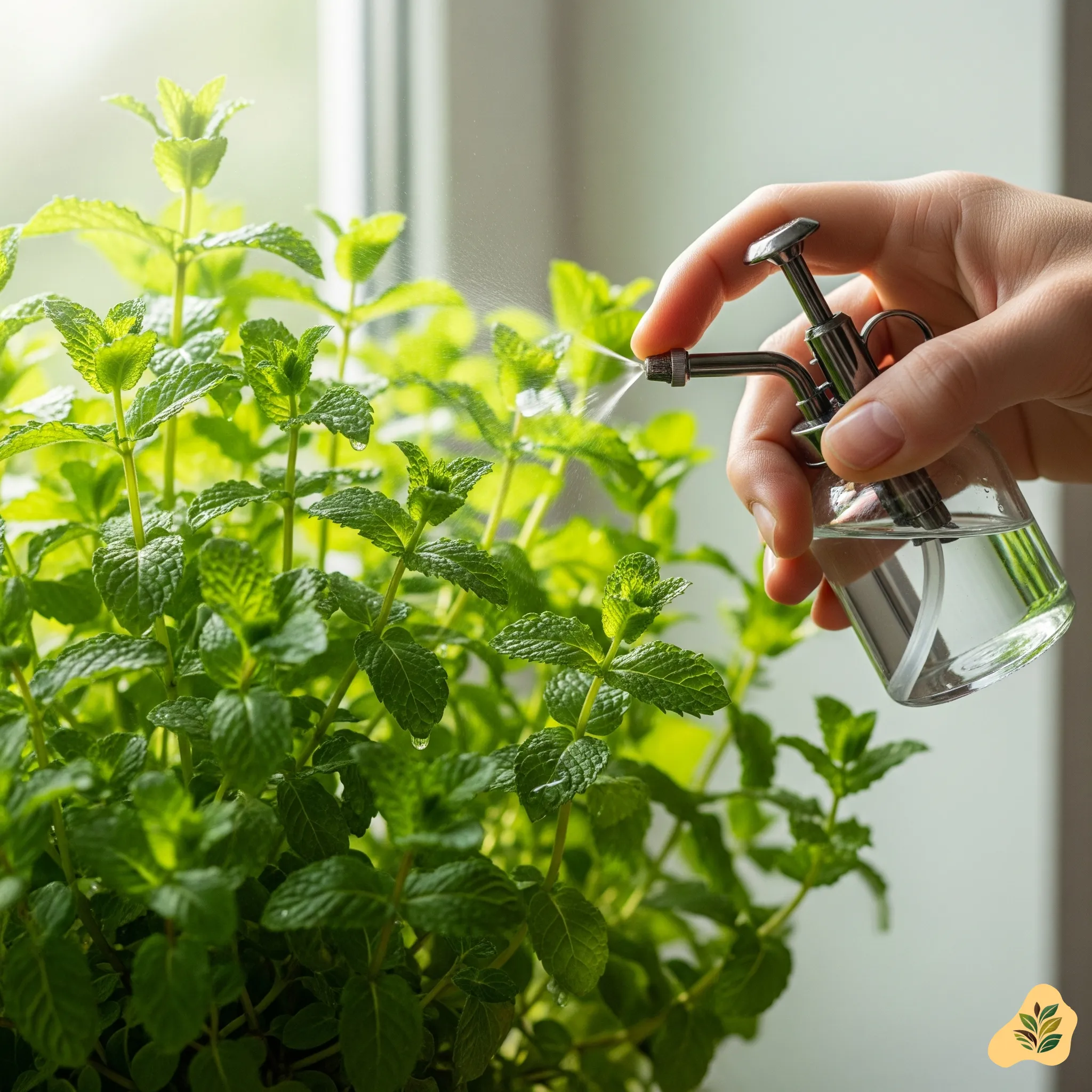
| Task | Frequency | Notes |
|---|---|---|
| Watering | Every 2–3 days | Check top inch of soil |
| Fertilizing | Monthly | Use organic liquid fertilizer |
| Pruning | Weekly (lightly) | Encourages bushier growth |
Growing mint indoors requires consistent moisture—soil should feel like a wrung-out sponge. Water when the top inch feels dry, typically every 2-3 days depending on humidity and temperature.
Monthly feeding with diluted liquid fertilizer keeps leaves lush and flavorful. Organic options work best for culinary herbs you’ll be consuming.
Common Problems & Solutions
Indoor herb care tips for troubleshooting: Yellow leaves usually indicate overwatering—reduce frequency and ensure proper drainage. Leggy, sparse stems signal insufficient light—move closer to windows or add grow lights.
Wilting mint often means either bone-dry soil or compacted roots needing repotting. Check soil moisture first, then examine roots if the problem persists.
5 Creative Uses for Fresh Mint Leaves
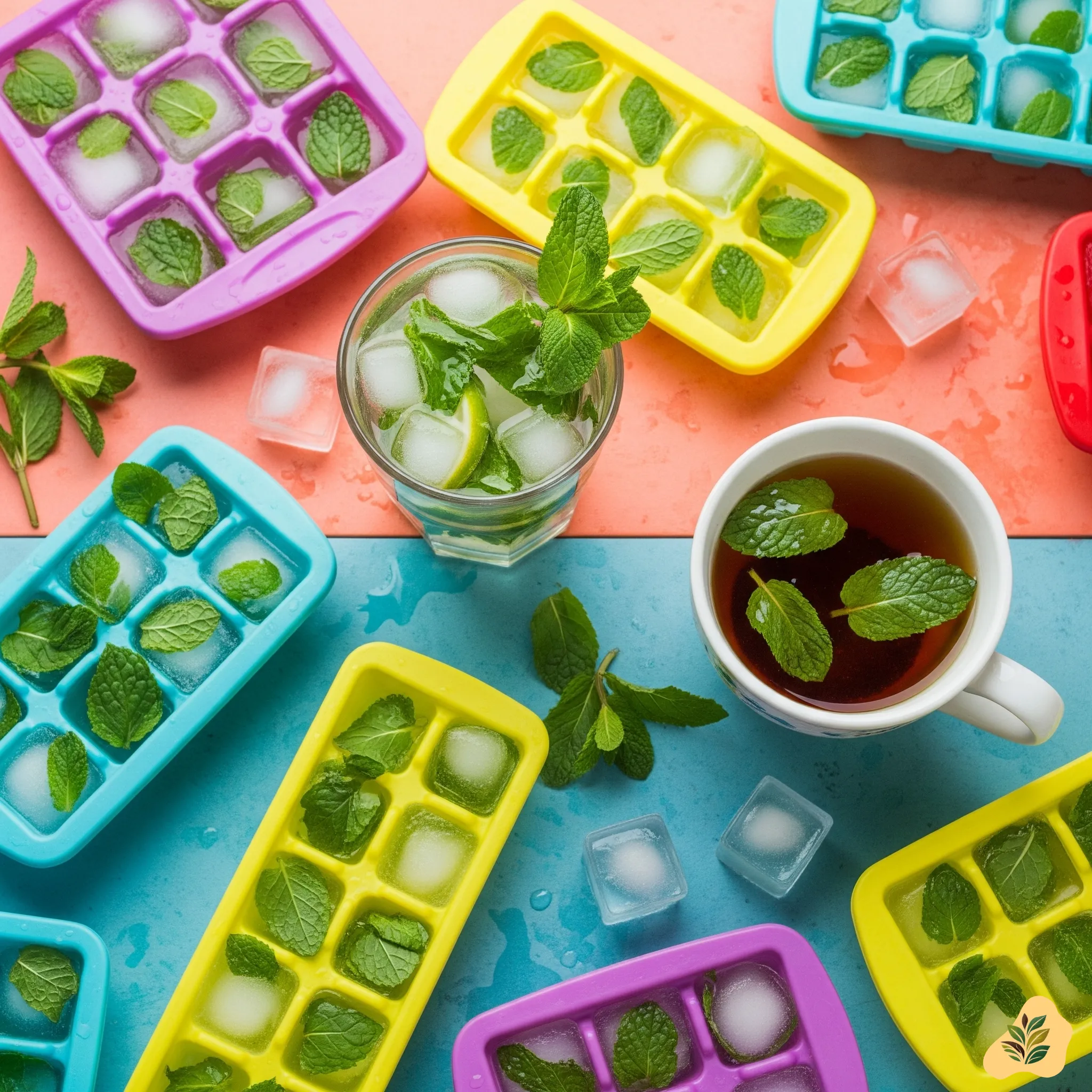
| Use Case | Description |
|---|---|
| Fresh Mint Tea | Boil water + mint leaves = calming drink |
| Mojito Cocktail | Crush leaves in lime + soda |
| Mint Garnish | Perfect on desserts or yogurt |
| Mint Ice Cubes | Freeze leaves in water for summer drinks |
| Skin Soother | Use crushed mint in DIY face masks |
Start Your Indoor Mint Garden Today
Mint plant care indoors is genuinely low-effort with high rewards. This beginner-friendly herb tolerates mistakes while providing fresh, aromatic leaves year-round. Whether you’re brewing soothing teas or crafting refreshing cocktails, homegrown mint elevates every recipe.
Start with a single pot and watch your confidence grow alongside your thriving mint plant. Soon you’ll wonder why you ever bought expensive store-bought herbs when growing your own is this simple and satisfying.



